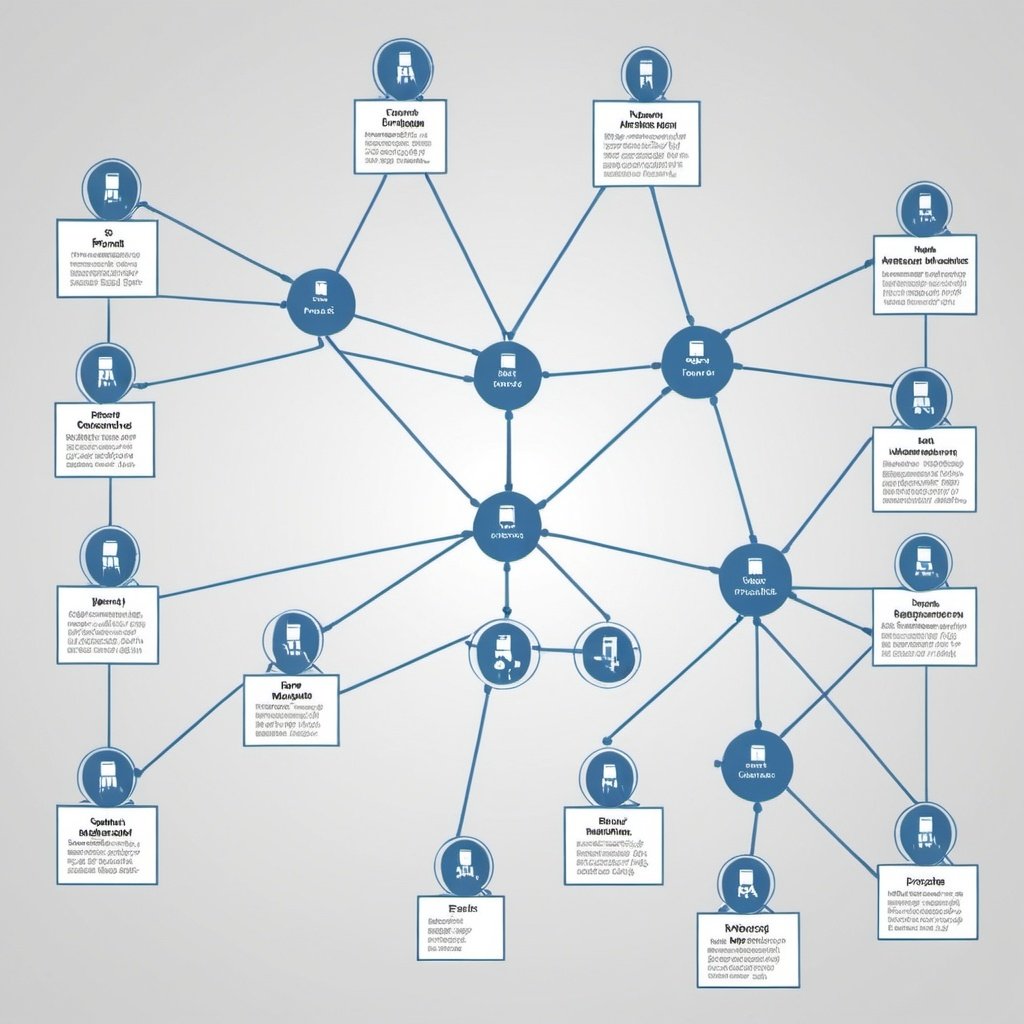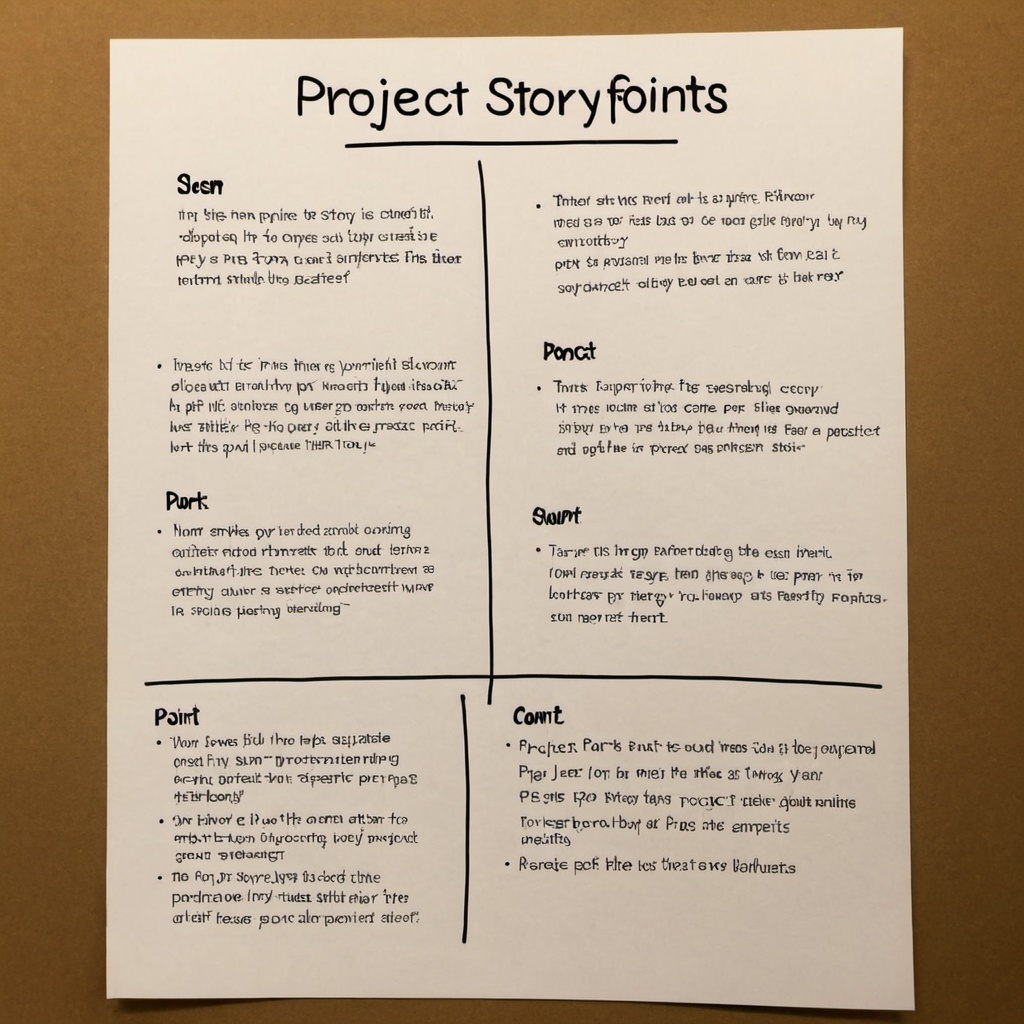Strategies for Organizational Success
Gone are the days when we used just emails and yahoo was the only chat. Today’s dynamic and fast-paced business environment demands effective communication within project teams is not just an asset but a necessity. Clear communication channels are pivotal in ensuring that team members are aligned with project goals, aware of their roles, and equipped to collaborate efficiently. Without well-established communication pathways, projects can succumb to misunderstandings, delays, and failures, ultimately jeopardizing the success of the organization.
Contents
Establishing Clear Communication Channels Within a Project Team..
Understanding the Foundations of Clear Communication.
Strategies for Establishing Clear Communication Channels.
Implementing Communication Strategies in Any Organization.
Effective communication is the lifeblood of any project team, acting as the conduit through which ideas, instructions, and feedback flow. It fosters an environment where team members can express their thoughts openly, resolve conflicts amicably, and maintain a shared vision of the project’s objectives. The importance of establishing clear communication channels cannot be overstated, as it directly impacts the team’s ability to deliver results on time and within budget.
Organizations that prioritize communication within their project teams tend to see higher levels of engagement, productivity, and morale among their employees. This is because clear communication reduces ambiguity, minimizes errors, and ensures that everyone is on the same page. It also enhances decision-making processes, as team members can contribute their insights and expertise more effectively.
To achieve these benefits, organizations must adopt deliberate strategies and practices that promote clear and consistent communication. This involves leveraging appropriate tools and technologies, fostering a culture of openness and transparency, and implementing structured communication protocols. By doing so, organizations can build cohesive and high-performing project teams capable of tackling complex challenges and driving innovation.

In this article, we will explore the key strategies for establishing clear communication channels within a project team. We will delve into the various tools and technologies that can facilitate seamless communication, the importance of setting clear expectations, and the role of leadership in nurturing a communicative team culture. Additionally, we will provide actionable tips on how to implement these strategies effectively within any organization, ensuring that your project teams are well-equipped to succeed.
Understanding the Foundations of Clear Communication
Before delving into the specifics of establishing clear communication channels, it is crucial to understand the fundamental principles that underpin effective communication within project teams. These principles serve as the foundation upon which successful communication strategies are built.
- Clarity and Conciseness: Communication should be clear and concise, avoiding jargon and overly complex language. Team members should strive to convey their messages in a straightforward manner to prevent misunderstandings.
- Active Listening: Effective communication is a two-way street. Team members must practice active listening, which involves fully concentrating on the speaker, understanding their message, and responding thoughtfully.
- Consistency: Consistent communication ensures that all team members receive the same information and updates. This helps in maintaining alignment and preventing discrepancies.
- Openness and Transparency: Fostering an environment where team members feel comfortable sharing their ideas, concerns, and feedback is essential. Openness and transparency build trust and facilitate more effective collaboration.
- Regular Updates: Regular communication helps in keeping the team informed about project progress, upcoming tasks, and potential challenges. This reduces uncertainty and allows for proactive problem-solving.
Strategies for Establishing Clear Communication Channels

- Utilizing the Right Tools and Technologies
In the digital age, a plethora of tools and technologies are available to facilitate communication within project teams. Selecting the right tools can significantly enhance the clarity and efficiency of communication. Here are some essential tools to consider:
- Project Management Software: Tools like Asana, Trello, and Microsoft Project help in organizing tasks, setting deadlines, and tracking progress. These platforms often include communication features such as comments and notifications, which keep everyone informed.
- Instant Messaging Apps: Slack, Microsoft Teams, and other instant messaging apps provide a platform for quick and informal communication. These tools are ideal for real-time discussions and prompt responses.
- Video Conferencing Tools: Zoom, Google Meet, and Microsoft Teams facilitate face-to-face communication, which is crucial for building rapport and understanding non-verbal cues. Regular video meetings can help in discussing complex issues and brainstorming ideas.
- Document Collaboration Tools: Google Docs, SharePoint, and Dropbox Paper enable team members to collaborate on documents in real-time. This ensures that everyone has access to the latest versions and can contribute their inputs seamlessly.
- Setting Clear Expectations and Guidelines
Establishing clear expectations and guidelines for communication is vital in ensuring that all team members are on the same page. This involves defining how, when, and through which channels communication should occur.
- Communication Plan: Develop a comprehensive communication plan that outlines the preferred communication channels, frequency of updates, and protocols for escalating issues. This plan should be shared with all team members at the outset of the project.
- Role Clarity: Clearly define the roles and responsibilities of each team member. This helps in determining who should be communicated with for specific issues and prevents unnecessary confusion.
- Meeting Schedules: Set regular meeting schedules, including daily stand-ups, weekly progress meetings, and monthly reviews. Ensure that these meetings have clear agendas and objectives to maximize their effectiveness.
- Response Times: Establish expectations for response times to emails, messages, and other forms of communication. This ensures that queries and concerns are addressed promptly.
- Promoting a Culture of Openness and Transparency
Creating a culture where open and transparent communication is valued is crucial for fostering effective collaboration within project teams. This involves encouraging team members to share their ideas, concerns, and feedback without fear of retribution.
- Lead by Example: Leaders should model open and transparent communication by sharing information freely, admitting mistakes, and being approachable. This sets the tone for the rest of the team.
- Feedback Mechanisms: Implement mechanisms for providing and receiving feedback, such as regular one-on-one meetings, anonymous surveys, and feedback forms. This helps in identifying areas for improvement and addressing concerns promptly.
- Conflict Resolution: Encourage team members to address conflicts directly and constructively. Provide training on conflict resolution techniques to equip them with the skills needed to handle disagreements effectively.
- Recognize Contributions: Acknowledge and appreciate the contributions of team members. Recognition fosters a positive work environment and motivates individuals to communicate more openly.
- Leveraging Structured Communication Protocols
Structured communication protocols help in standardizing communication processes and ensuring consistency. These protocols should be tailored to the specific needs of the project and the team.
- Standardized Templates: Use standardized templates for reports, emails, and other forms of written communication. This ensures that information is presented in a consistent format and is easy to understand.
- Communication Logs: Maintain communication logs that document important discussions, decisions, and action items. These logs serve as a reference and help in tracking the progress of the project.
- Decision-Making Processes: Establish clear processes for making decisions, including who needs to be involved, how decisions will be communicated, and how they will be documented.
- Issue Tracking Systems: Implement issue tracking systems to log and monitor problems as they arise. This helps in ensuring that issues are addressed in a timely manner and do not fall through the cracks.
- Providing Training and Support
Investing in training and support for team members is essential in equipping them with the skills needed for effective communication. This includes training on the use of communication tools, as well as soft skills such as active listening and conflict resolution.
- Tool Training: Provide training sessions on how to use communication tools effectively. This includes tutorials, workshops, and ongoing support to ensure that team members are comfortable with the tools.
- Soft Skills Training: Offer training on soft skills such as active listening, empathy, and assertiveness. These skills are crucial for fostering effective communication and collaboration.
- Continuous Learning: Encourage continuous learning by providing access to online courses, webinars, and other resources. This helps team members stay updated on best practices and new communication technologies.
Implementing Communication Strategies in Any Organization
While the strategies outlined above are universally applicable, implementing them effectively requires a tailored approach that considers the unique context and needs of the organization. Here are some steps to help you achieve this:

- Assess the Current State of Communication: Begin by evaluating the current state of communication within your project teams. Identify strengths, weaknesses, and areas for improvement through surveys, interviews, and observation.
- Develop a Customized Communication Plan: Based on your assessment, develop a customized communication plan that addresses the specific needs of your organization. This plan should include clear goals, strategies, and metrics for success.
- Engage Stakeholders: Involve key stakeholders, including team members, managers, and executives, in the development and implementation of the communication plan. Their input and buy-in are crucial for ensuring its success.
- Pilot and Iterate: Implement the communication plan on a pilot basis with a small project team. Gather feedback, monitor results, and make necessary adjustments before rolling it out across the organization.
- Monitor and Evaluate: Continuously monitor and evaluate the effectiveness of the communication strategies. Use metrics such as team satisfaction, project success rates, and feedback scores to assess their impact and make data-driven improvements.
Establishing clear communication channels within a project team is fundamental to the success of any organization. By leveraging the right tools and technologies, setting clear expectations, promoting a culture of openness, implementing structured communication protocols, and providing training and support, organizations can create an environment where effective communication thrives.
Clear communication not only enhances collaboration and productivity but also fosters a positive work environment where team members feel valued and engaged. As projects become increasingly complex and the pace of business accelerates, the importance of effective communication will continue to grow.
By prioritizing communication and adopting deliberate strategies to improve it, organizations can build cohesive and high-performing project teams capable of achieving their goals and driving innovation. The journey towards establishing clear communication channels is ongoing, but the rewards are well worth the effort.






Thanks for your help and for writing this post. It’s been great
Thank you for your articles. I find them very helpful. Could you help me with something?
Do you mind if I quote a couple of your posts as long as I provide credit and sources back to your site? My blog is in the exact same area of interest as yours and my visitors would truly benefit from a lot of the information you present here. Please let me know if this alright with you. Thank you!
It抯 onerous to seek out knowledgeable individuals on this matter, but you sound like you already know what you抮e talking about! Thanks
I very happy to find this site on bing, just what I was looking for : D as well saved to fav.